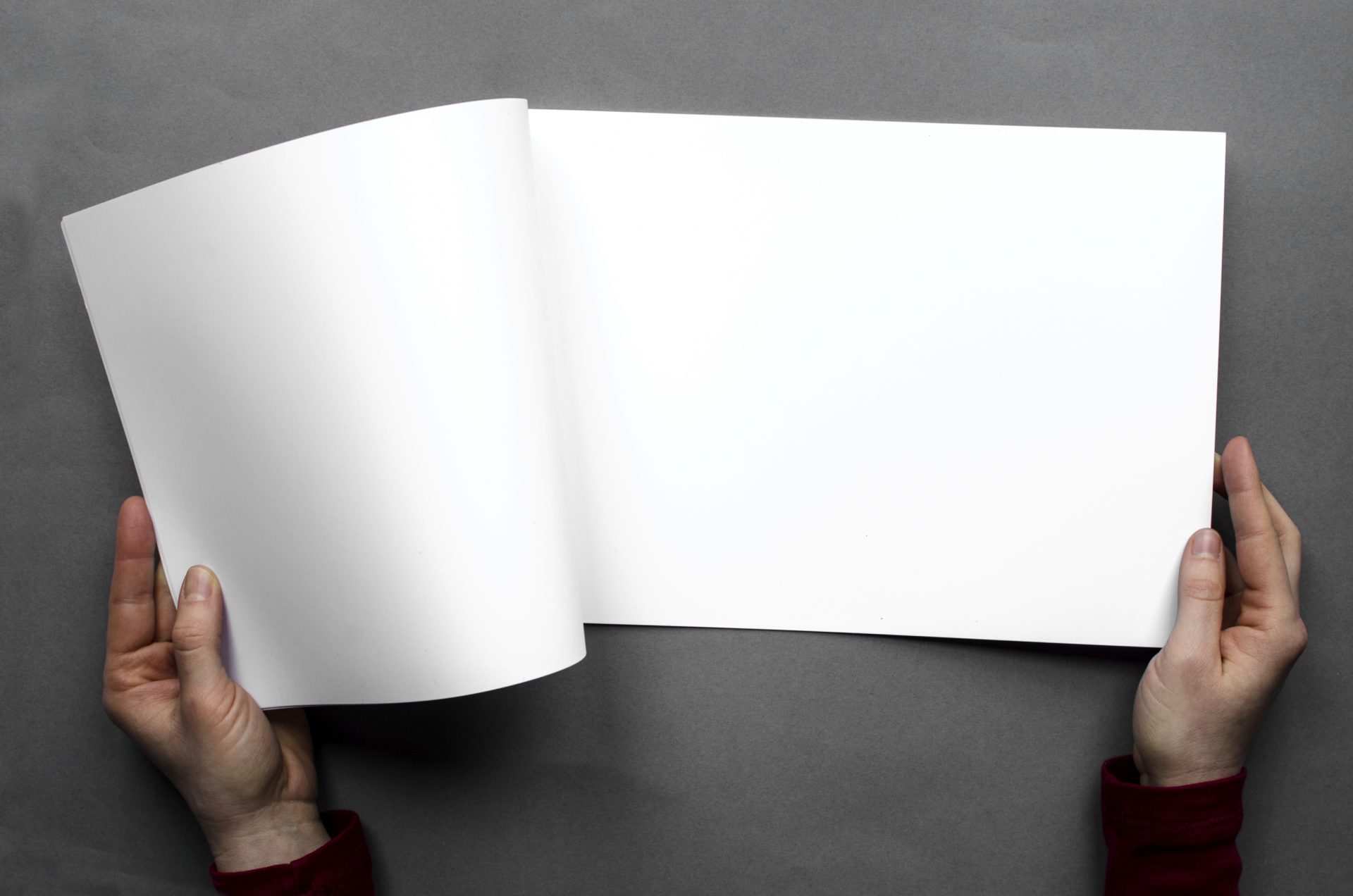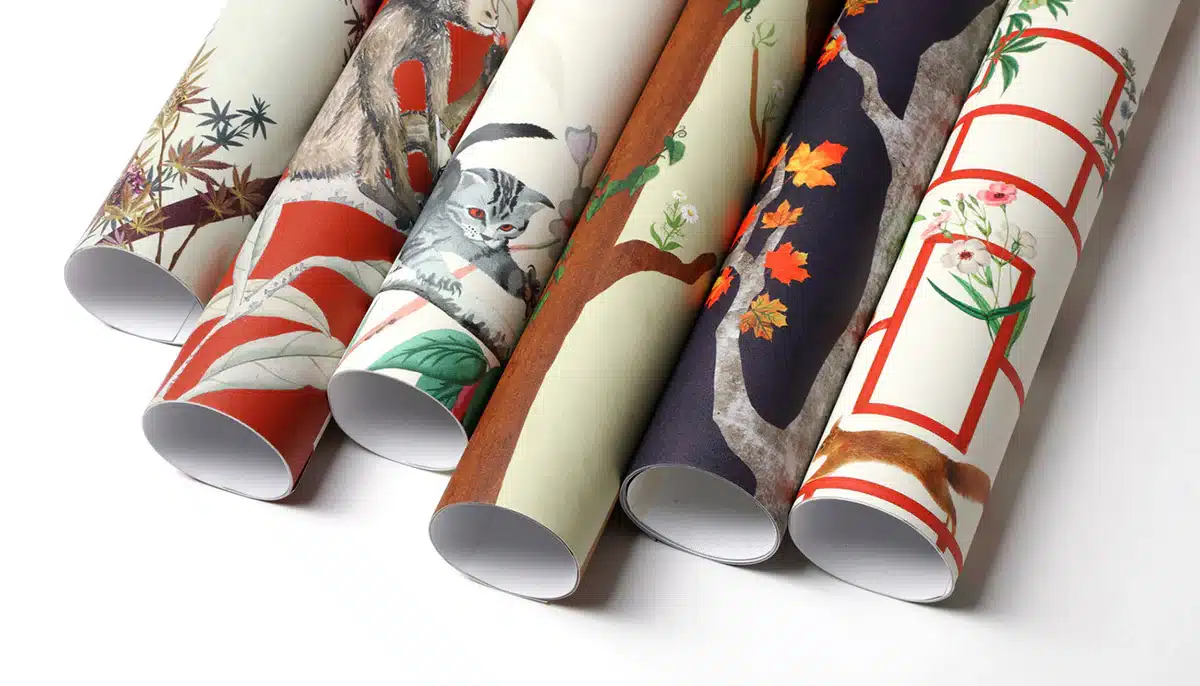The average man’s hand measures 7.4 inches from heel to fingertip. A woman’s hand is slightly smaller at 6.8 inches. At roughly 2,500 per cm2 the fingertips have the highest density of nerve endings found in the human body. A lot has been written about the way touch creates a sense of comfort, luxury and appeal with readers. Fine printing on highly-tactile uncoated paper is a powerful tool for marketers.
An often overlooked element in print design is the way a print brochure fits into the hand. In fact, the phrase “hand” is a characteristic used by designers, printers and paper experts to describe the tactility of paper. However, as paper choices have become more limited and budgets and availability more important, it is rarely a part of the discussion when designers and printers select papers.
“Hand” relates to the texture of a sheet, but also a complex mix of sensory elements that include rigidity, weight, and the relative softness or hardness of the minute cellulose fibers that stimulate the nerve endings of fingertips. Auditory stimulation can also play a role in how paper feels. Some papers are highly starched, creating a distinctive “rattle” in the hand.
The single best way for designers to evaluate the feel of a paper is through a prototype paper dummy supplied by the printer or paper merchant.
THE PAPER DUMMY
These blank books, made from the exact paper, help evaluate the balance of a brochure format as it is held and the pages turned. Paper merchants are happy to provide side-by-side comparisons of different paper grades, finishes and weights. By holding them in the hand and paying attention to how they feel, you can evaluate the way the paper will support design.

A page will feel stiff or supple, depending on the grain direction. Designers need to know the feel of a finished book is determined by the grain direction of the full-size press sheet.
Grain direction results from the alignment of cellulose fibers in papermaking. It is less obvious on better formed papers like Monadnock, but it is still a factor to consider. Grain short pages feel stiffer.
When making dummies from sample sheets supplied by a merchant, pay attention. Drawer samples are usually 19” x 12½” and are grain short. However, if the press sheet runs grain long, it might be different in the finished book. Consult your printer and if it is a concern, have them prepare a dummy from the parent-size paper.
Besides affecting the way a page feels, grain can make it more difficult to crease and fold paper. Ask your printer for advice on preparing the design to avoid issues.
Request your Fine Printing Paper Swatchbook here.




